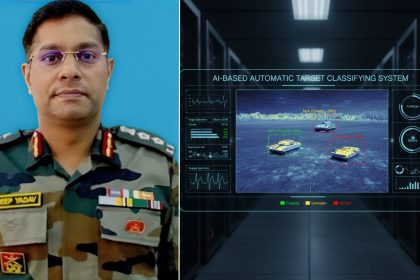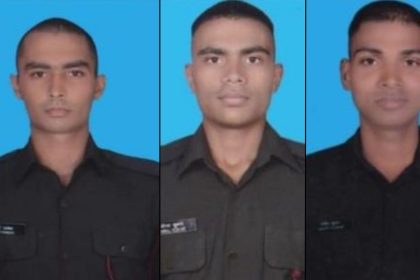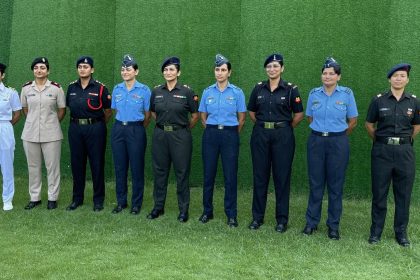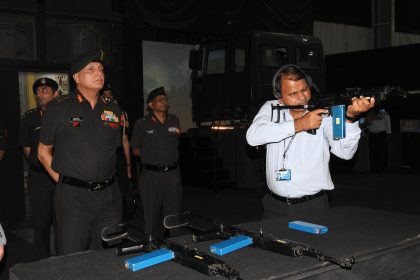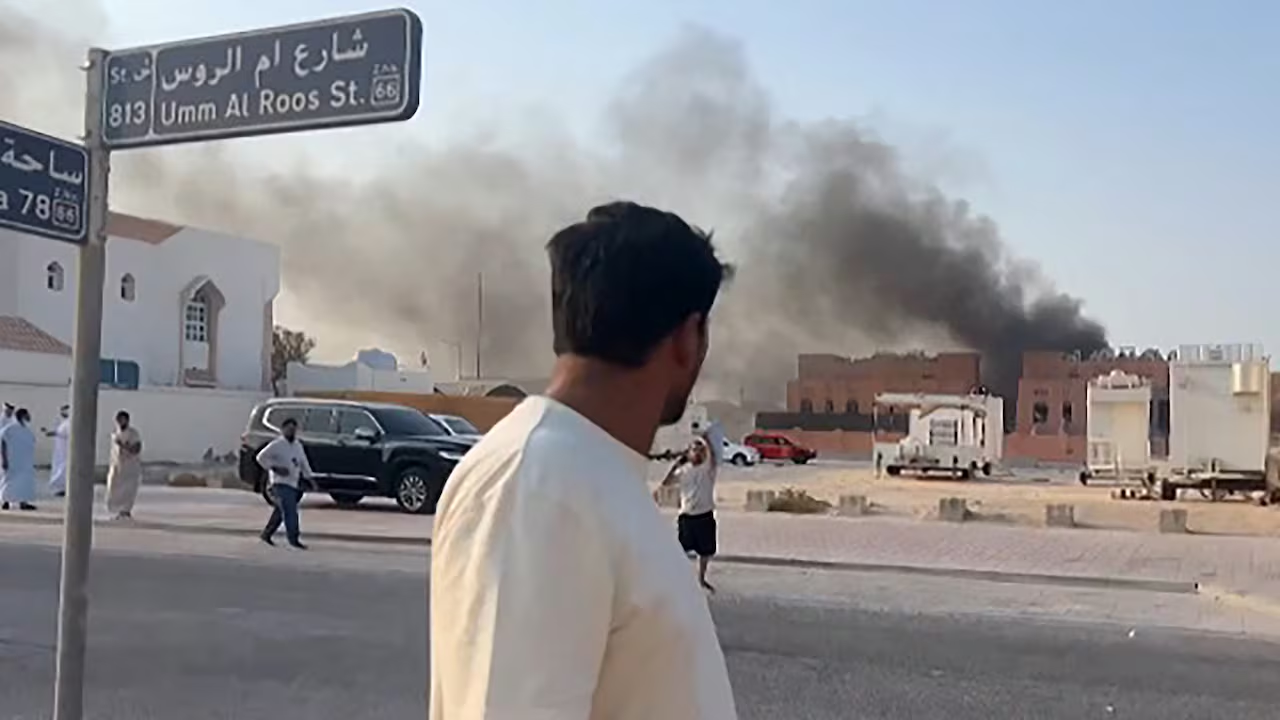Air Force Jawan Pulkit Tak Found Dead With Gunshot Wound at Hasimara Air Base in West Bengal
Tragedy Strikes Frontline IAF Base Near India-Bhutan Border.
Colonel Kuldeep Yadav’s Innovation Helps Indian Army Secure Patent for AI-Based Automatic Target Classifying System
Army officer’s AI-driven innovation promises faster, smarter battlefield decisions.
3 Soldiers Killed as Avalanche Strikes Siachen Camp in Ladakh
Avalanche at 12,000 feet claims lives of Sepoy Mohit Kumar, Agniveer Niraj Kumar Choudhary, and Agniveer Dabhi Rakesh Devabhai.
In a First, Indian Armed Forces’ All-Women Sailing Team to Circumnavigate the Globe
IASV Triveni expedition to cover 21,600 nautical miles across the world in eight to nine months.
Lt Gen Dhiraj Seth Visits Zen Technologies
Southern Command Chief Backs Atmanirbhar Push During Hyderabad Visit.
Israel Launches ‘Operation Summit of Fire,’ Targets Hamas Leaders in Qatar’s Doha
Operation Summit of Fire Targets Hamas Figures Abroad, Risks Derailing Ceasefire Talks.


